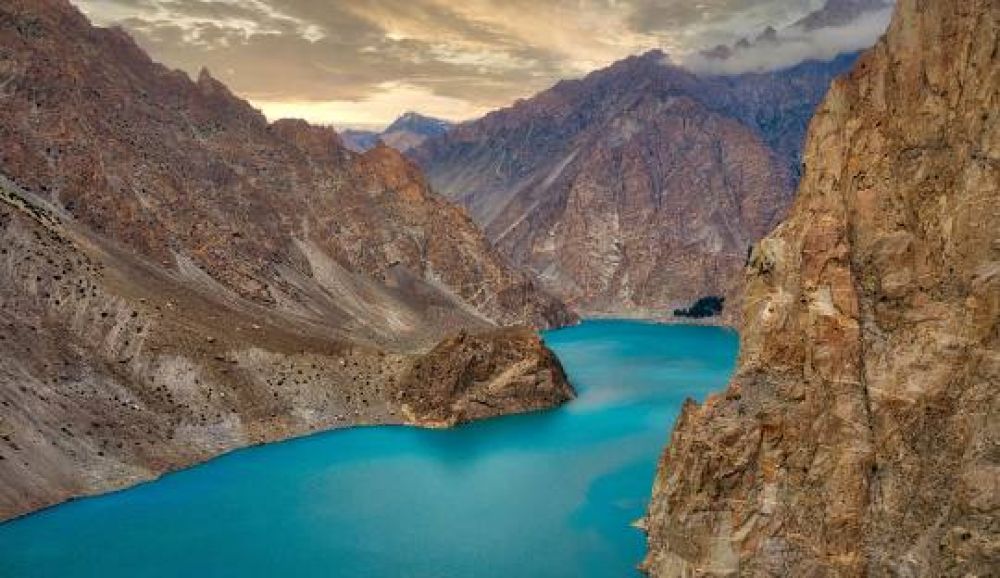

Unlike many natural wonders that have been around for centuries, the history of Attabad Lake is fairly recent. The lake was formed as a result of a massive landslide on January 4, 2010, in the Attabad village of Hunza Valley in Gilgit-Baltistan, Pakistan. This catastrophic event blocked the flow of the Hunza River, which subsequently led to the creation of the lake. While the sudden emergence of the lake posed significant challenges to the local population, including the loss of homes and infrastructure, it also paved the way for a new tourism destination to emerge in the region.
Following the creation of Attabad Lake, the government and local communities quickly recognized its potential as a tourist attraction. Because of its pristine turquoise waters and the surrounding majestic Karakoram mountain range, the site naturally drew interest from both domestic and international visitors. Re-establishing transportation through the creation of the Pak-China Friendship Tunnels over the lake helped to boost access and further encouraged tourism development in the area.
In recent years, Attabad Lake has seen a surge in popularity. Modern trends in tourism at Attabad Lake involve adventure sports and eco-friendly activities. Tourists engage in boating, jet skiing, fishing, and enjoying scenic views during their visit.
Sustainable tourism is also a growing trend in the region. Efforts are being made to preserve the natural beauty of the lake and its surroundings by promoting practices that minimize environmental impact. There are plans for eco-lodges and environments-conscious tours to cater to tourists who are mindful of their ecological footprint.
Moreover, social media has played a significant role in Attabad Lake's growing fame. Pictures and videos shared across platforms like Instagram and Facebook highlight the lake's stunning visuals and have attracted a new demographic of travelers interested in discovering photogenic, off-the-beaten-path destinations.
Accessibility to Attabad Lake has improved dramatically over the years. The Pak-China Friendship Tunnels allow for easy access to the lake throughout the year. Accommodations ranging from luxury resorts to modest guesthouses are available for tourists, enhancing the area's appeal.
The future of tourism at Attabad Lake looks promising. The continuous development of infrastructure, alongside responsible tourism initiatives, are key factors driving its growth. With the region's rich cultural heritage, the lake's breathtaking beauty, and increasing global recognition, Attabad Lake is set to remain one of Pakistan's leading tourist destinations for many years to come.